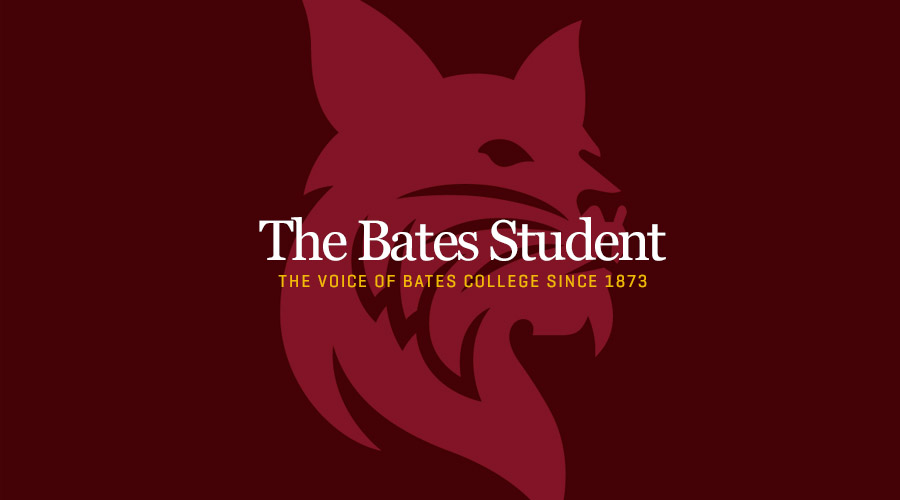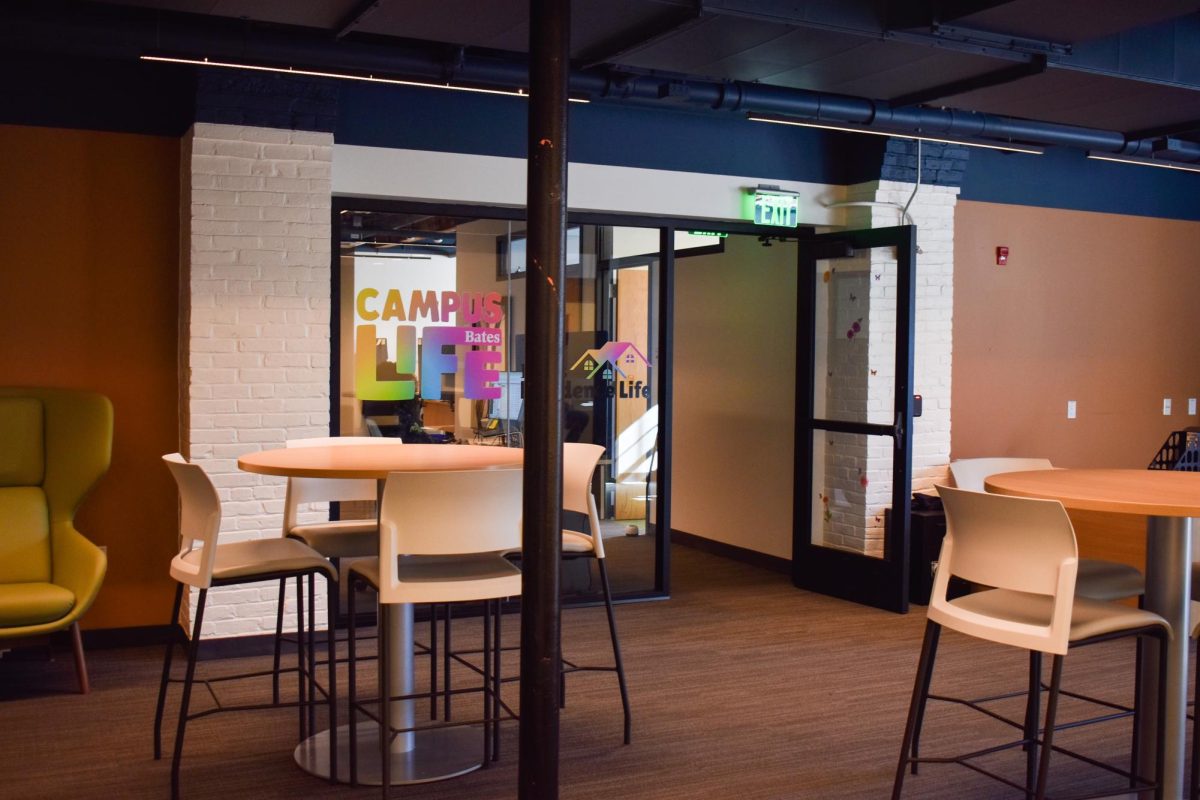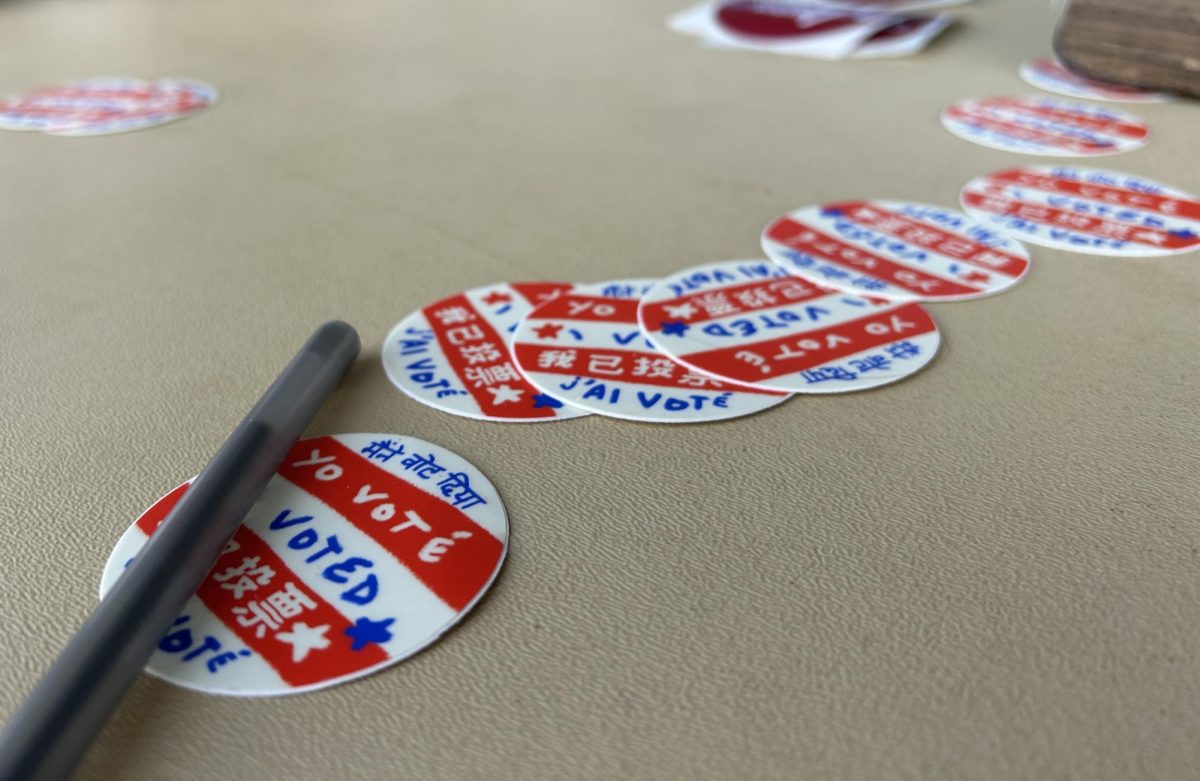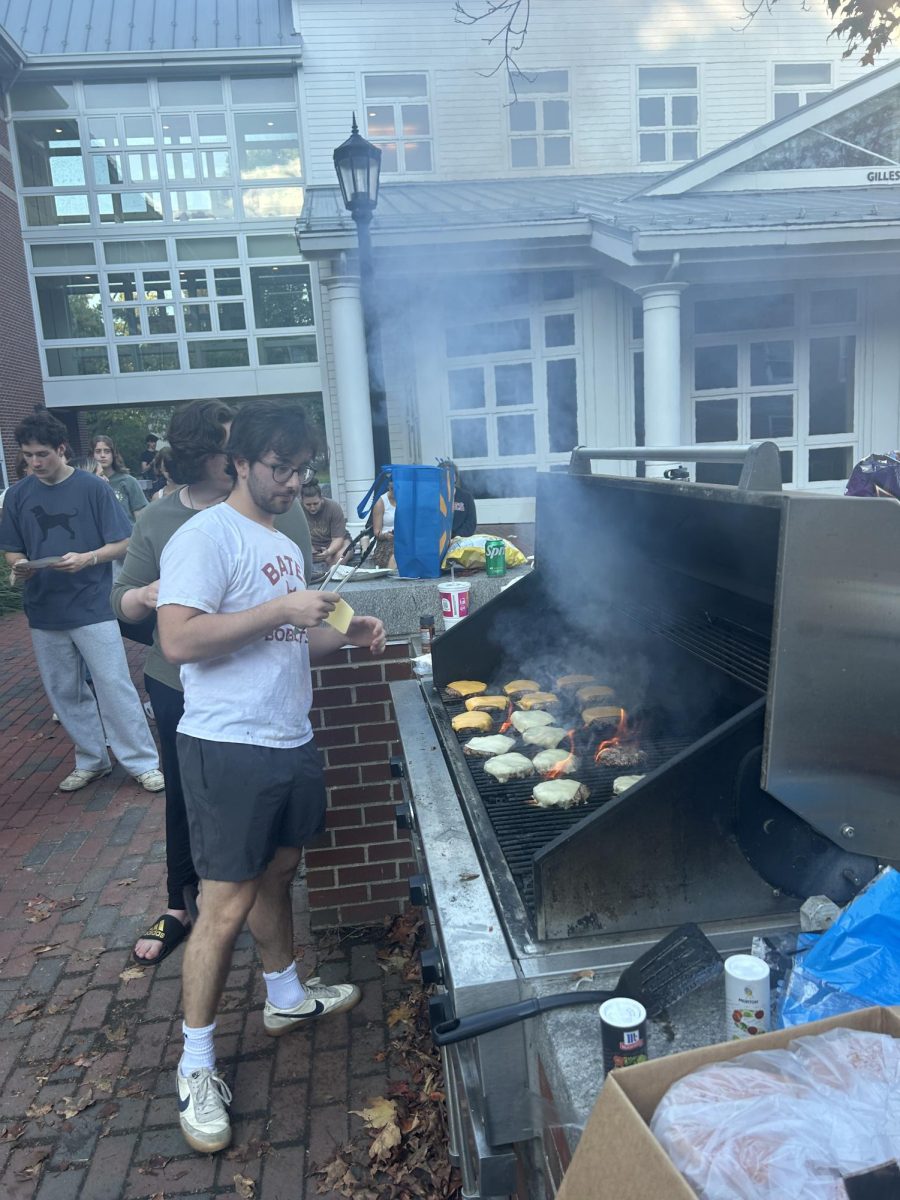 If you have ever been to an Outing Club meeting, chances are you heard someone make a joke about purchasing avalanche beacons. For almost a year, the club argued over the merits of providing backcountry safety equipment. Would people use it? Who should be able to use it? Is the price of renting higher than the price of buying? The debate was intense, polarizing, and lengthy. But an increased interest in backcountry trips drew a clear bottom line; it is irresponsible to send anyone into the wild without the proper safety equipment.
If you have ever been to an Outing Club meeting, chances are you heard someone make a joke about purchasing avalanche beacons. For almost a year, the club argued over the merits of providing backcountry safety equipment. Would people use it? Who should be able to use it? Is the price of renting higher than the price of buying? The debate was intense, polarizing, and lengthy. But an increased interest in backcountry trips drew a clear bottom line; it is irresponsible to send anyone into the wild without the proper safety equipment.
With that in mind, the Outing Club authorized $1,500 to be spent on four Backcountry Access Tracker beacons, four shovels and probes, a “split kit” for the purpose of creating a splitboard so snowboarders can reap the benefits of backcountry touring, and a pair of backcountry skis.
So what is an avalanche beacon and why is it important? Essentially, it is a piece of equipment that transmits a radio signal and can also be set to “receive” mode to pick up transmissions from others wearing the device. In many backcountry areas beacons are required and they are a standard piece of many adventurers’ kits. Shovels and probes come in handy for rescuing friends in the unfortunate case of a disaster.
Especially in recent winters, our part of the country isn’t readily associated with the types of snow conditions that cause avalanches. However, Mount Washington in New Hampshire, a popular center for backcountry activities, is no stranger to winter deaths and injuries. Earlier in January, an avalanche triggered in Huntington Ravine injured several ice climbers, and the Snow Rangers at the Mount Washington Avalanche Center have issued several reports of high and considerable danger over the past month.
But owning the proper equipment is only half the battle. Heading out into the backcountry without knowledge of the area and rescue training is a risky endeavor. That is why four Bates students took a Level 1 avalanche safety course this past weekend. Offered by the International Mountain Climbing School in North Conway, NH, the course covers the need-to-knows about safety in avalanche terrain and how to be responsible on backcountry trips.
Over the course of three days, Matt Baker-White, Tori Zapack, Euan Howard-Sorrell, and Kristen Kelliher absorbed techniques for trip planning and avalanche safety training, and learned about snow science, weather observation, and how to read avalanche reports. They discussed with their guide the various causes of avalanches, and what goes into the decision making process of whether or not to venture into a backcountry area. Course participants spent time analyzing snow crystals and digging pits to understand what weak layers of snow look like, determining whether or not a human could set off a slide.
The first two days were spent mostly in the classroom, garnering the skills for the third day of field work. “We did a lot of [mock] searches with the new BOC avy beacons” said Howard-Sorrell. Searches involved burying a beacon then using another one in receive mode to locate the first and extract it with probe and shovel. This is not as easy as it sounds.
“It seems like it would point you in the right direction but there are so many factors, especially in the heat of a search, and it’s hard to slow down to make a responsible decision,” said Howard-Sorrell. “This was really good training.”
On the third day of the course, participants ventured into Tuckerman Ravine for some on-location practice. “It was really cool to see decision making in a group,” said Zapack. “A lot of my outdoor experience has been by myself. We were in a group of seven with people we didn’t know very well and trying to make decisions that were best for the group was fun to do.”
“The mountains are unpredictable,” Zapack continued, “So it’s important to know the right questions to ask yourself before going out. It is so easy to get panicky and miss the simplest things you need to do.”
The BOC is currently discussing terms for renting out the beacons to students who have not been through a safety course. Hopefully council members will come to a concrete decision by the end of the semester. Whether you have the proper equipment or not, it is always important to keep a clear head when exploring the backcountry. Enjoy your adventures–safely.








